Sustainable Quarantine Projects
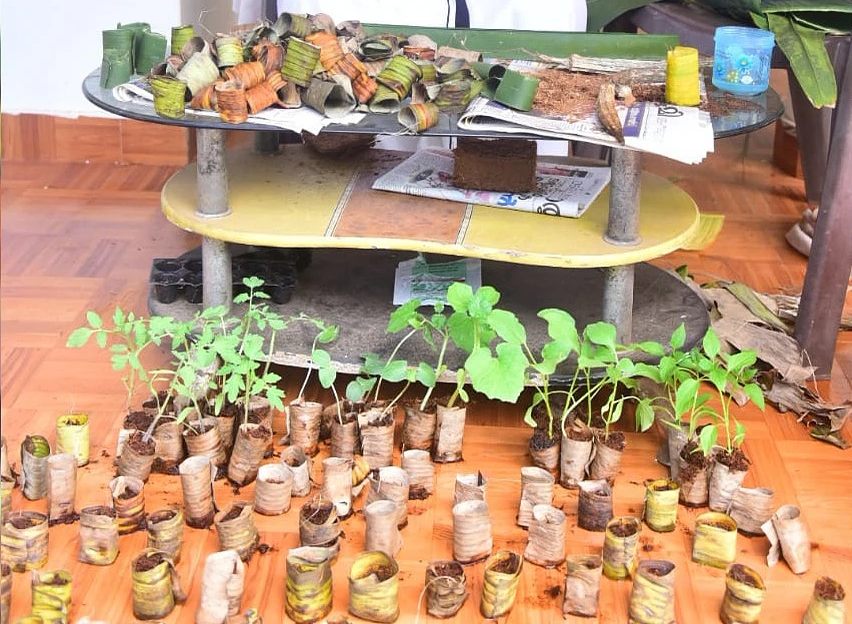
The COVID-19 pandemic has forced billions of people around the world to become creative in how to spend their time quarantined at home. One can only sit on the couch and watch TV for so long before getting bored, so many people have decided to use this unprecedented extra free time to do productive and fun projects that they would typically not do. Popular quarantine activities include baking, exercising, puzzles, as well as more ambitious undertakings such as starting a business, redoing a room in one’s house, and developing new and innovative sustainable practices. This time has enabled many people to find new hobbies and passions, and for some, it has given opportunities to act on their dedication to improve the state of the environment. Many people want to do their part in helping the environment, but usually lack the time to make larger changes in their daily lives. The amount of newly developed sustainable practices that can easily be implemented into homes is incredible.
Are you looking for a new quarantine activity that you haven’t seen before? Are you also committed to making a difference in the environment? The following projects, all developed by people in India, will instruct you on everything you need to know about how to implement these DIY projects into your own home. Not only will these projects provide you with entertainment and a sense of achievement (and even some fresh vegetables and recreational facilities!), but you will help the environment and inspire others to do the same.

1. KV Sasidharan, a teacher from Kerala, India, has developed a unique way to make compostable seed germination trays, with the usage of leaves! In most cases, these trays are made from plastic, which almost always end up polluting the planet. Sasidharan had the idea to replace plastic with palm leaves, and he has been successful in creating these sustainable germination trays. Throughout the pandemic, he has also been educating and inspiring others to join in on this eco-friendly project. If you’re looking to grow delicious vegetables in an eco-friendly way, check out The Better India’s article in which Sasidharan lays out the steps to follow and materials needed. https://www.thebetterindia.com/243656/how-to-make-seed-germination-trays-no-plastic-safe-online-amazon-organic-gardening-tips-kerala-kannur-san196/
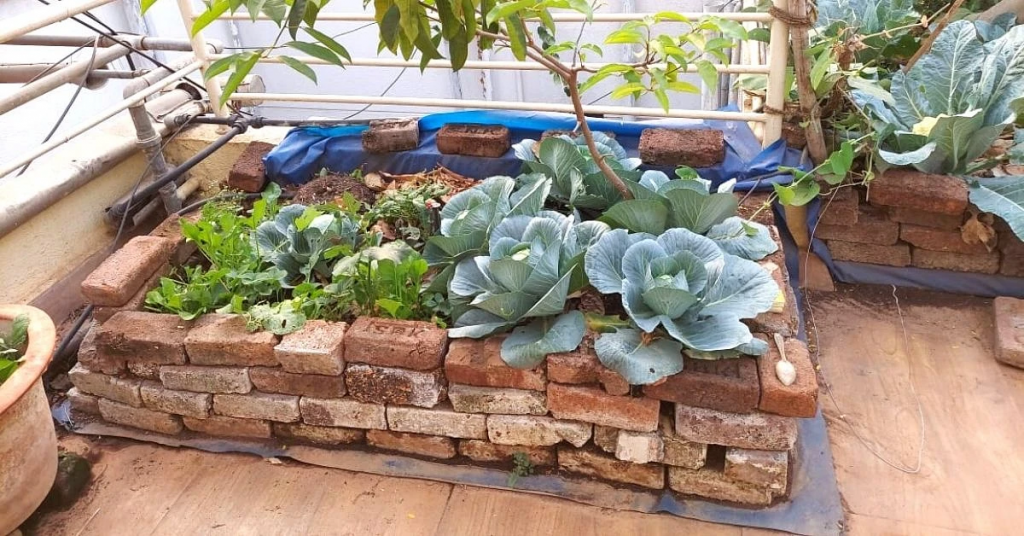
2. Another environmentally friendly method to growing vegetables, just on a larger scale and using different materials, is Kirti Bhave Kashu’s raised beds project. In only three steps, this innovative gardener from Pune outlines how she utilizes recycled plastic, bricks, and cow dung to make vegetable gardens. This is another sustainable, fun, and cool project to grow vegetables at your own home! If you have access to the necessary materials stated by Kashu, your plants will be more likely to thrive compared to gardens without raised beds; the benefits include “maintaining the soil’s pH-value, better draining of the water, assisting aeration, and reducing risk of weeds and infections in plants” (Nitnaware). This project is perfect for someone looking to grow their own vegetables or has not been successful in past efforts to grow vegetables. Follow Kashu’s instructions in The Better India’s story. https://www.thebetterindia.com/249035/sustainable-farming-advait-living-farm-meenakshi-kishore-agra-farmer-regenerative-agriculture-climate-change-c24/
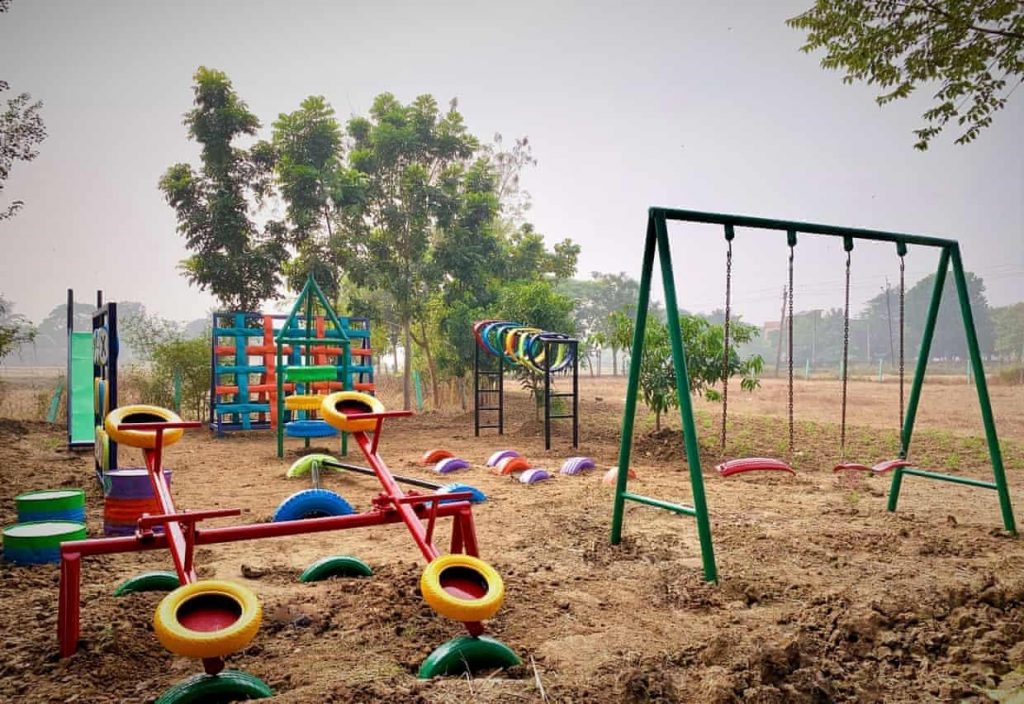
3. Do you have children who are tired of the same old toys and games? A community in India took matters into their own hands in providing an “opportunity and access to play, which is important for [children’s] holistic development” (Sunder). Who knew old tires, used cans, and items that are typically discarded, can be transformed into playgrounds? Some of the creations include life-size dominoes, see-saws, swings, slides, and a climbing wall. Possibilities are endless with what can be made from objects that might be laying around in your house ready to be thrown out. Read The Guardian’s article to gain inspiration for types of recreational facilities you could make without having to buy materials. https://www.theguardian.com/global-development/2021/jan/27/from-waste-to-play-space-the-project-turning-indias-scrap-into-playgrounds
These examples of innovative projects to do at home are just a few ideas for how to spend your time doing something exciting and possibly out of your comfort zone while supporting the environment. Rather than discarding waste into the earth and buying harmful products, you can repurpose waste or use environmentally friendly materials, which helps the environment immensely and provides you with unique creations.



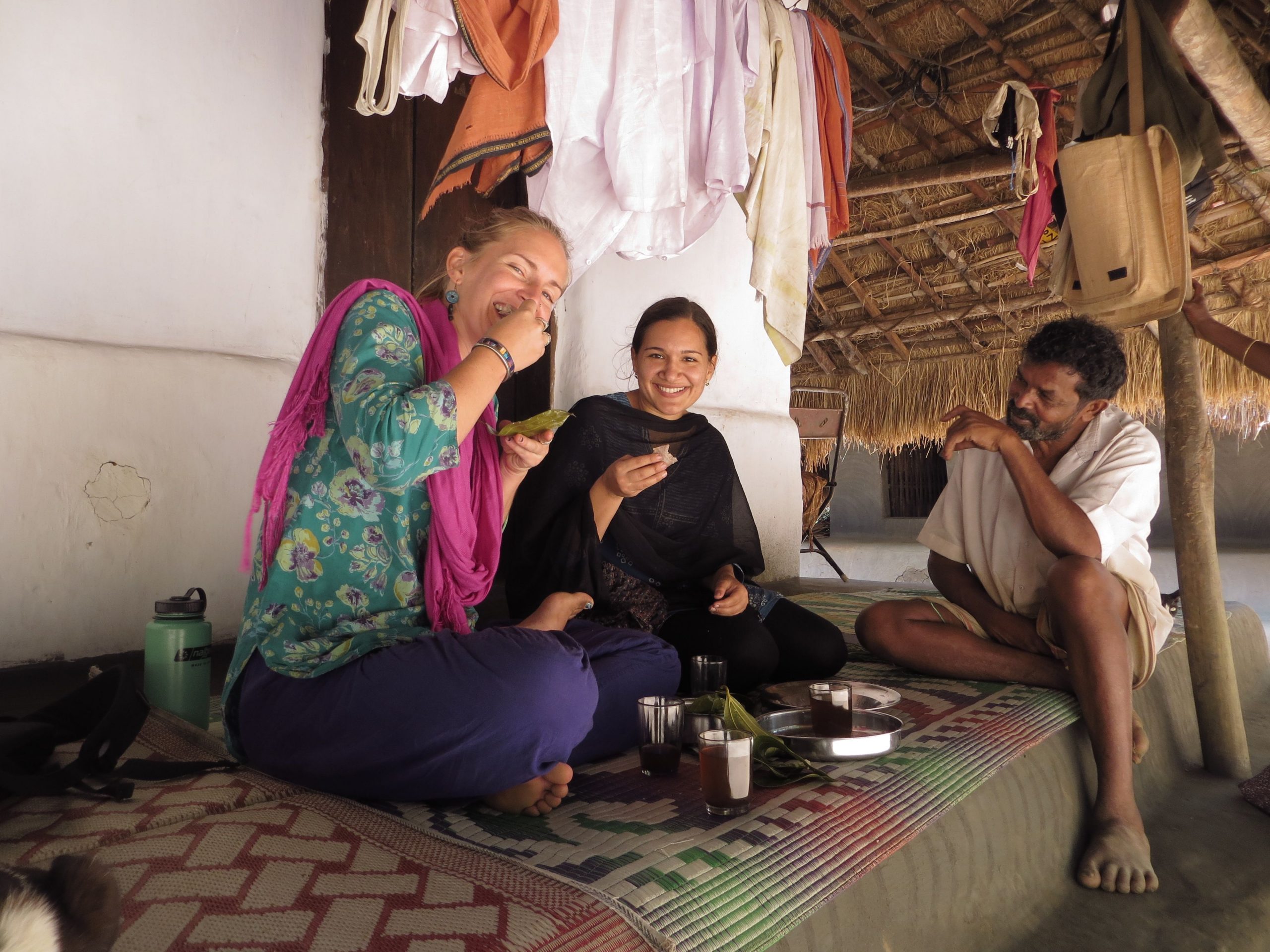

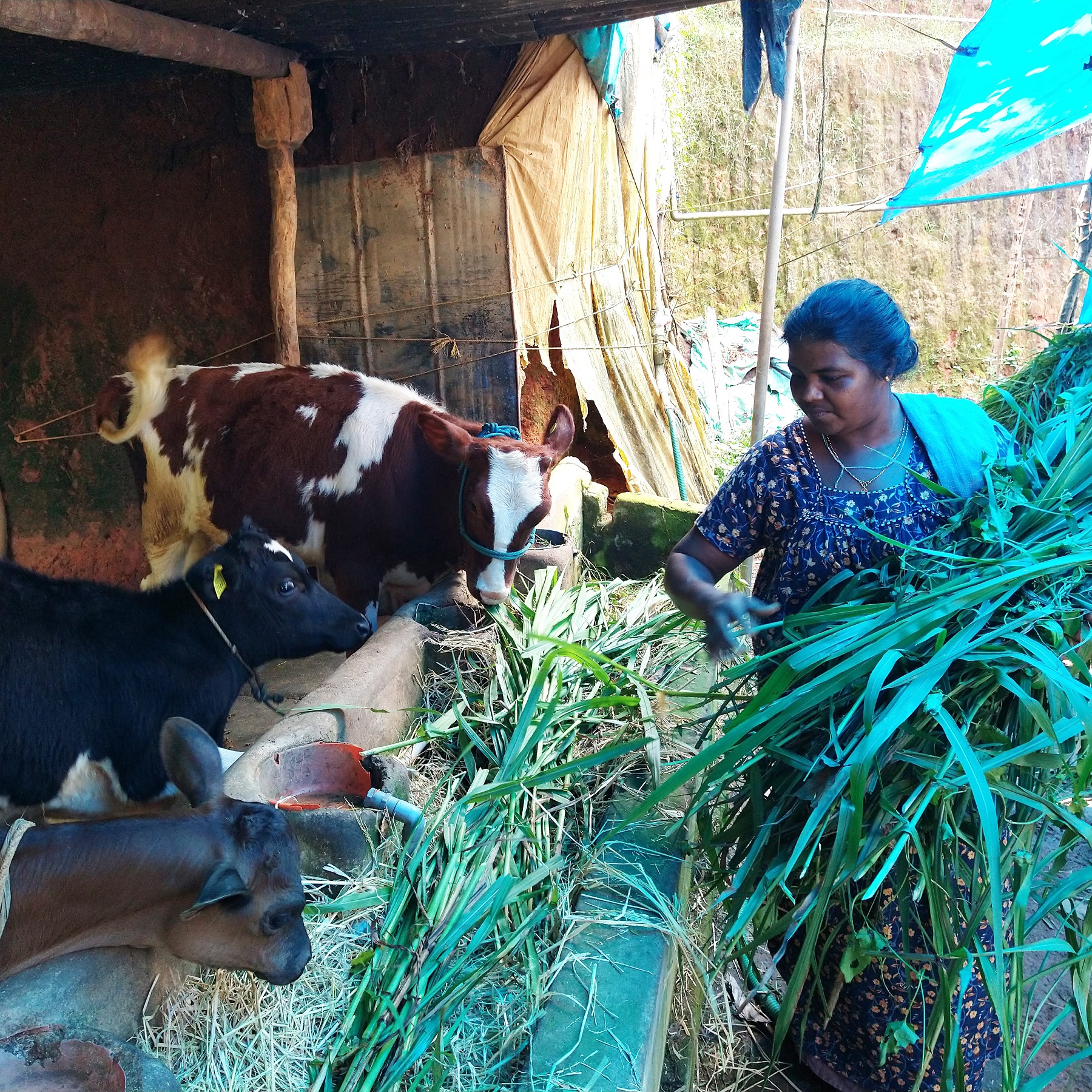
Leave a Reply
You must be logged in to post a comment.